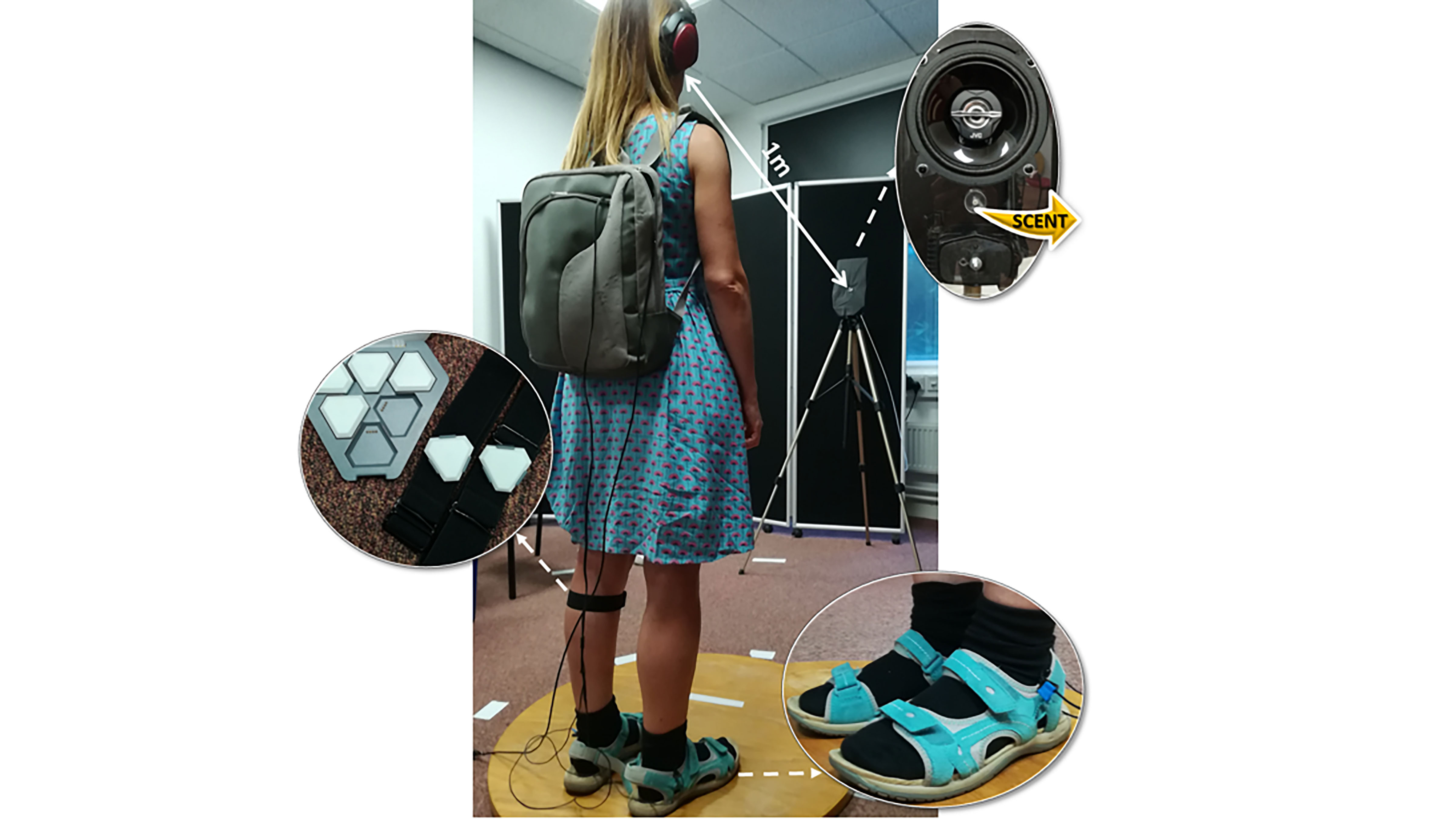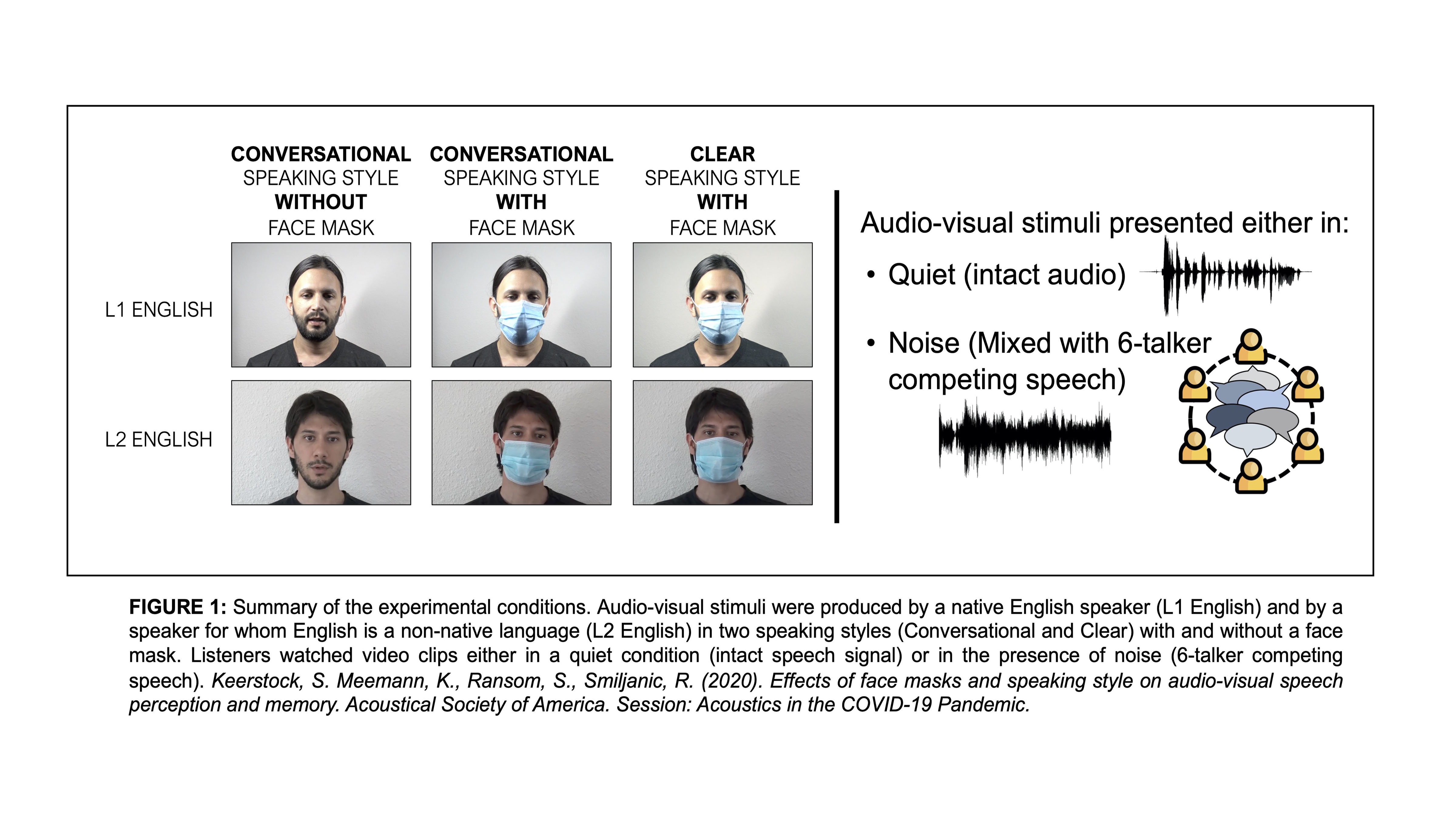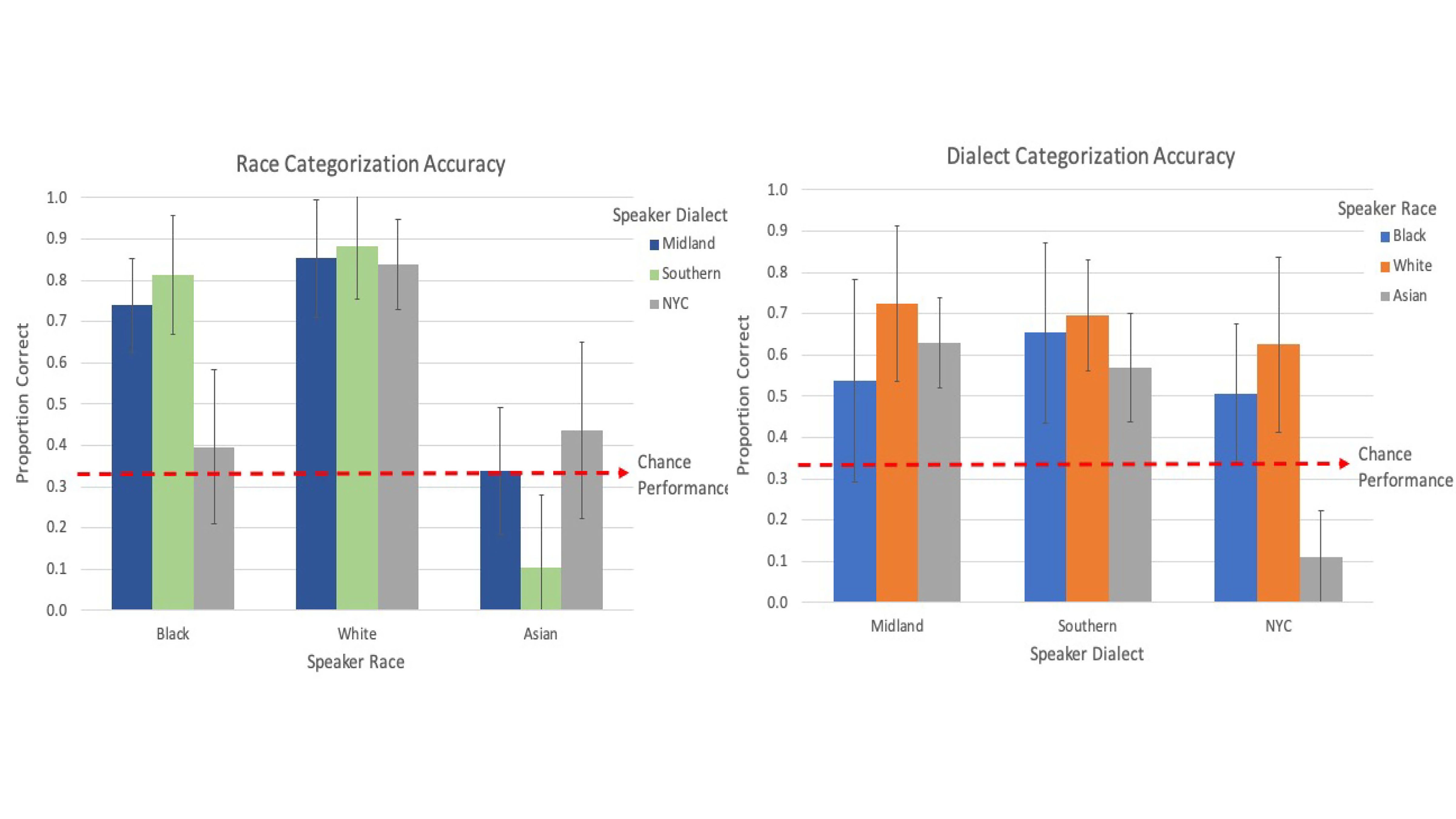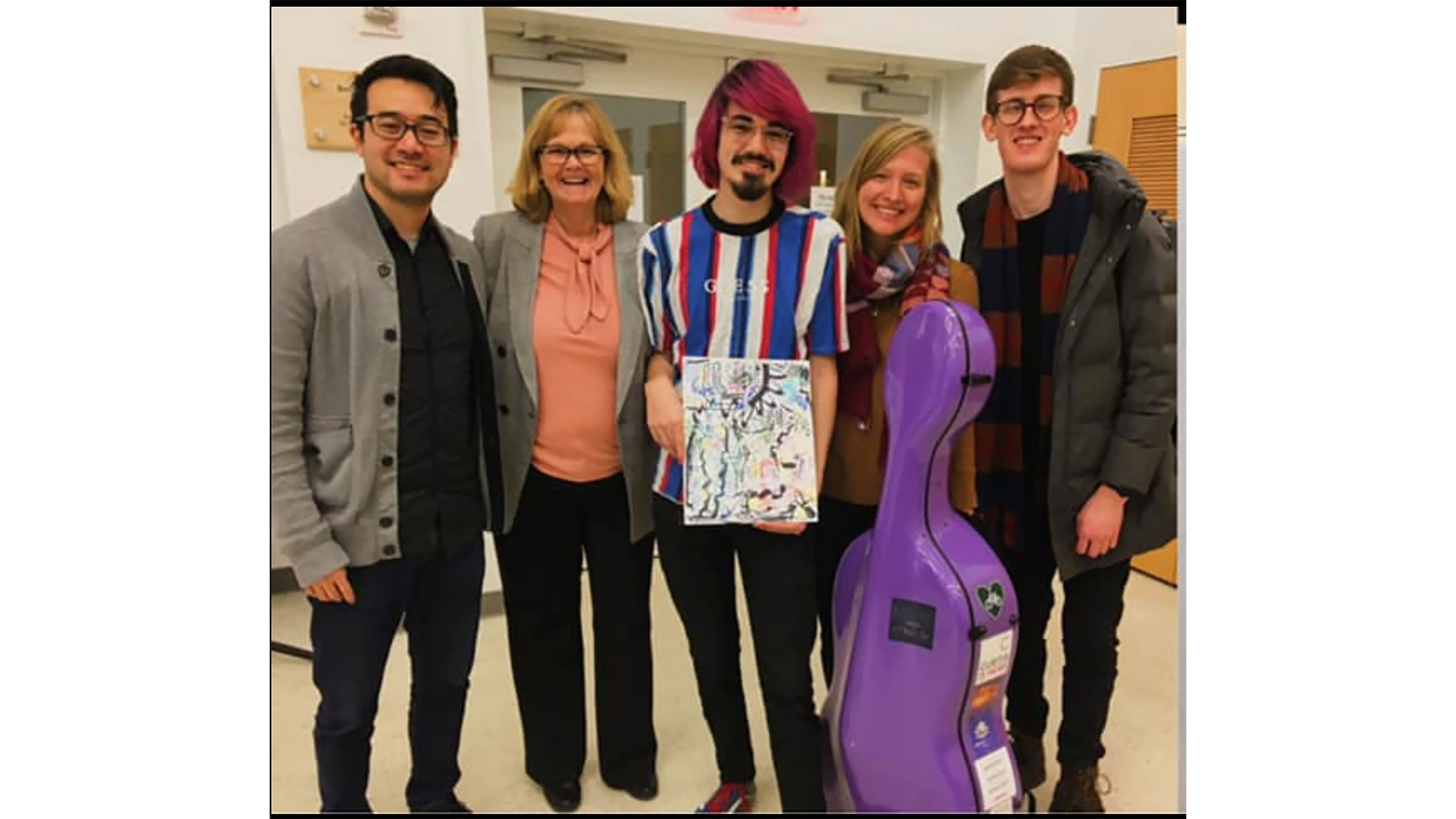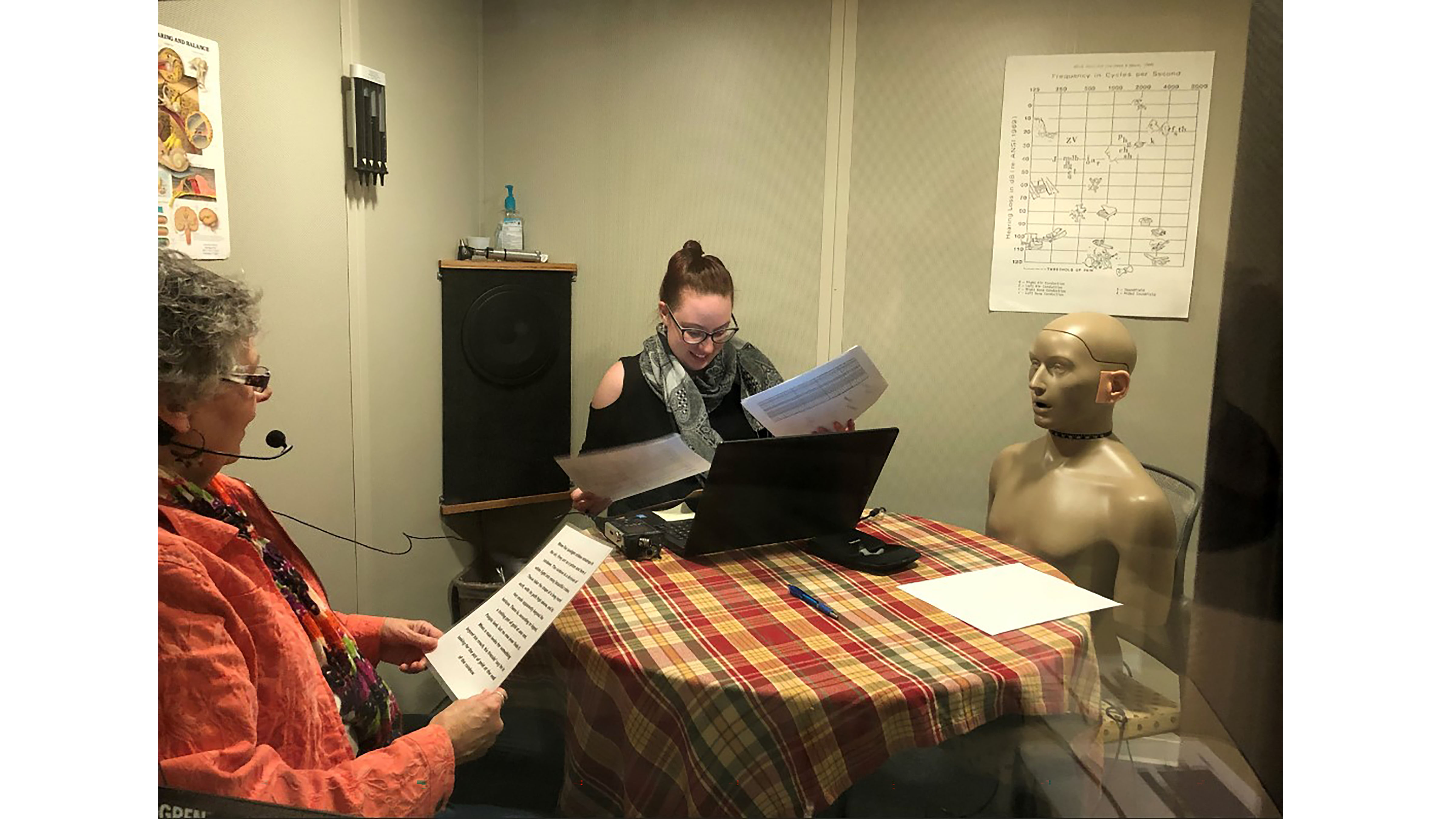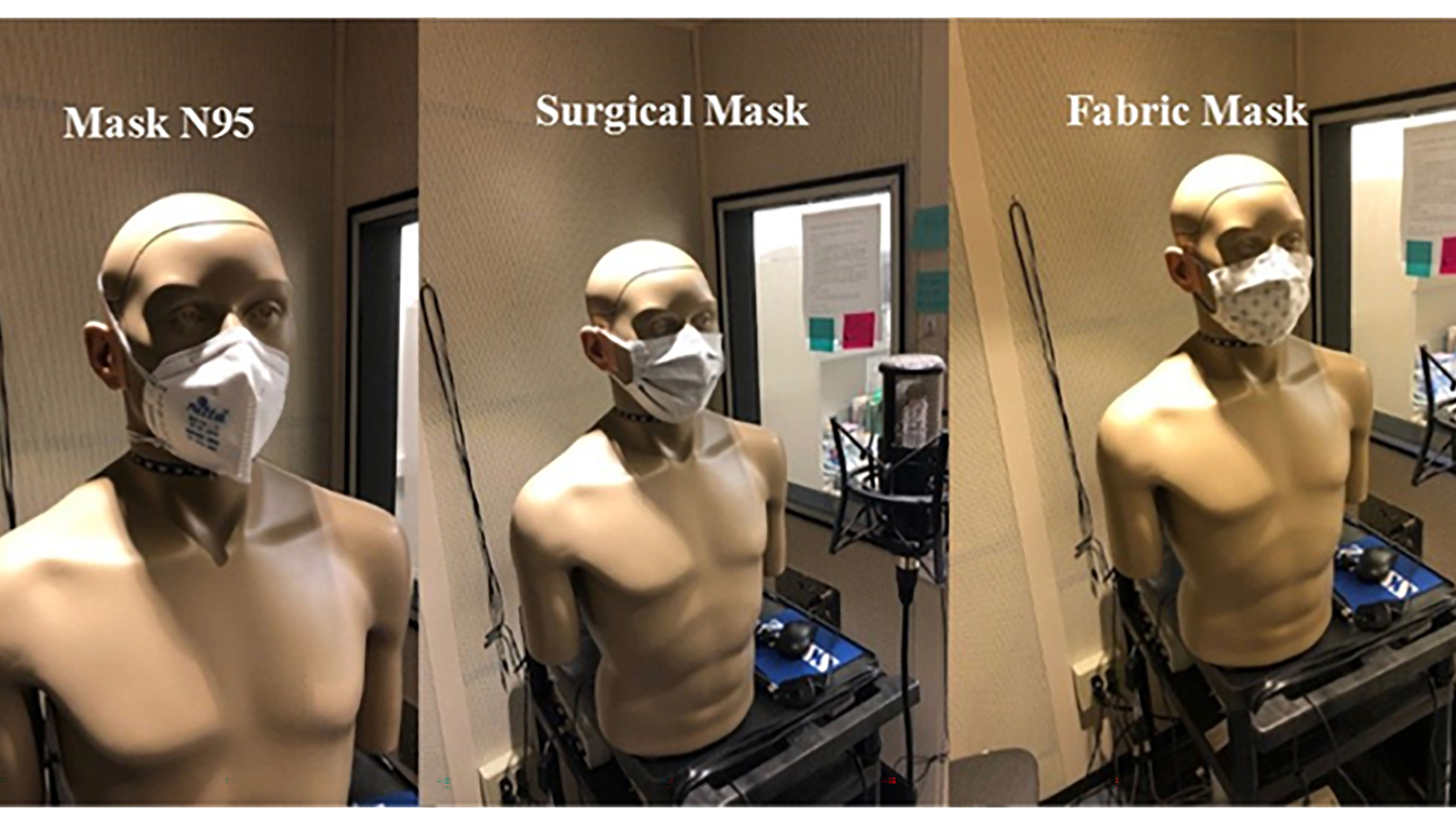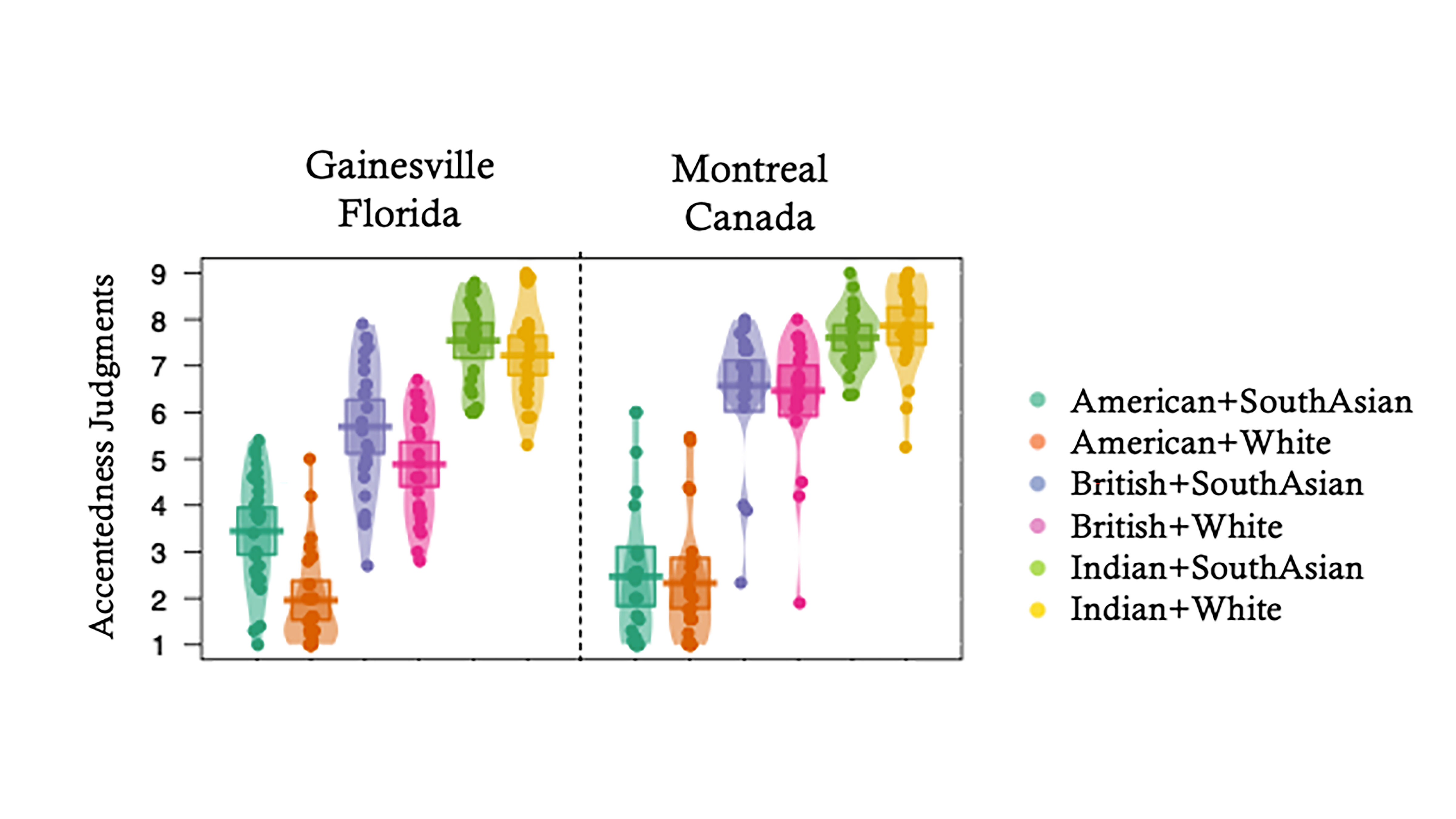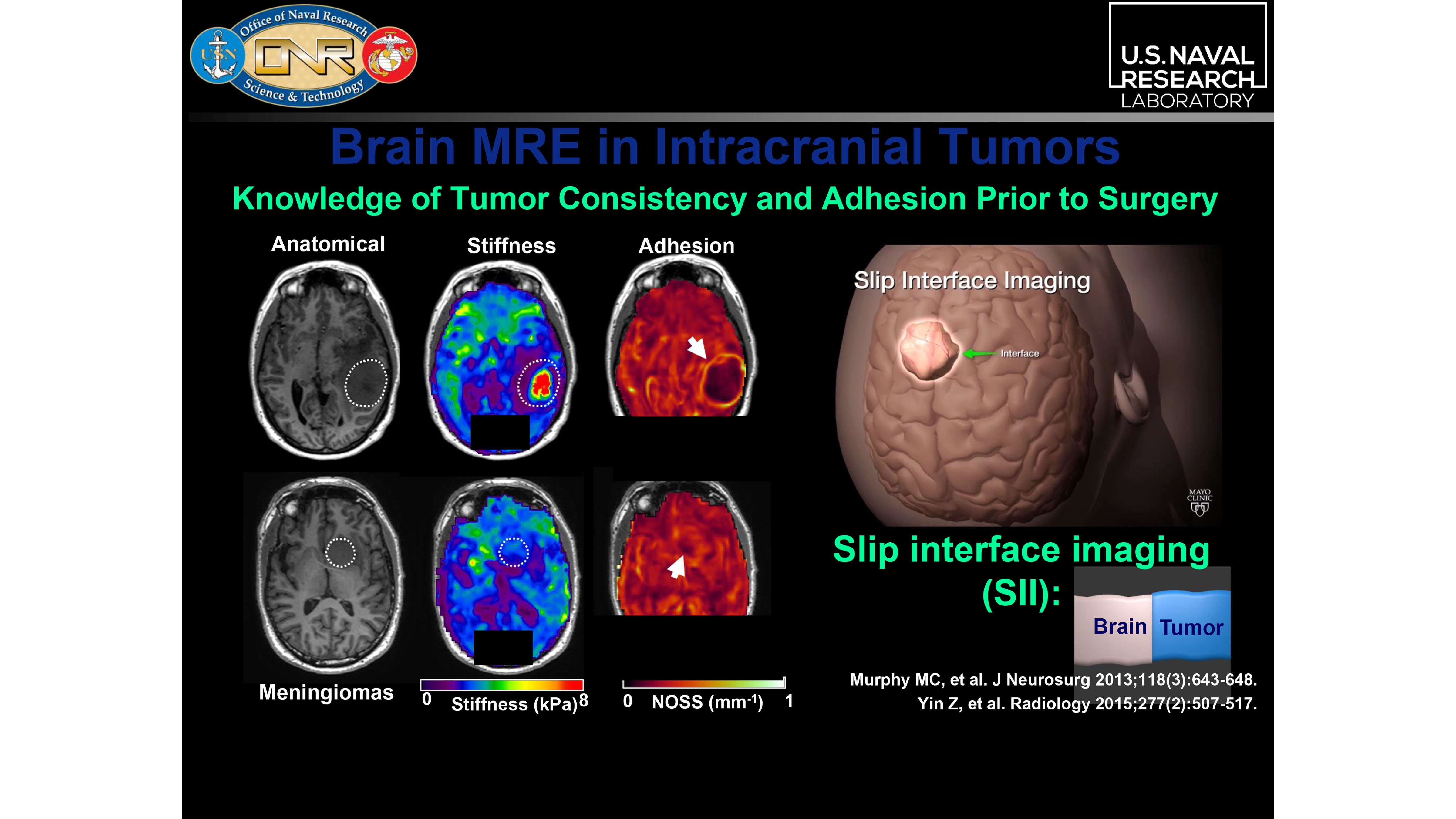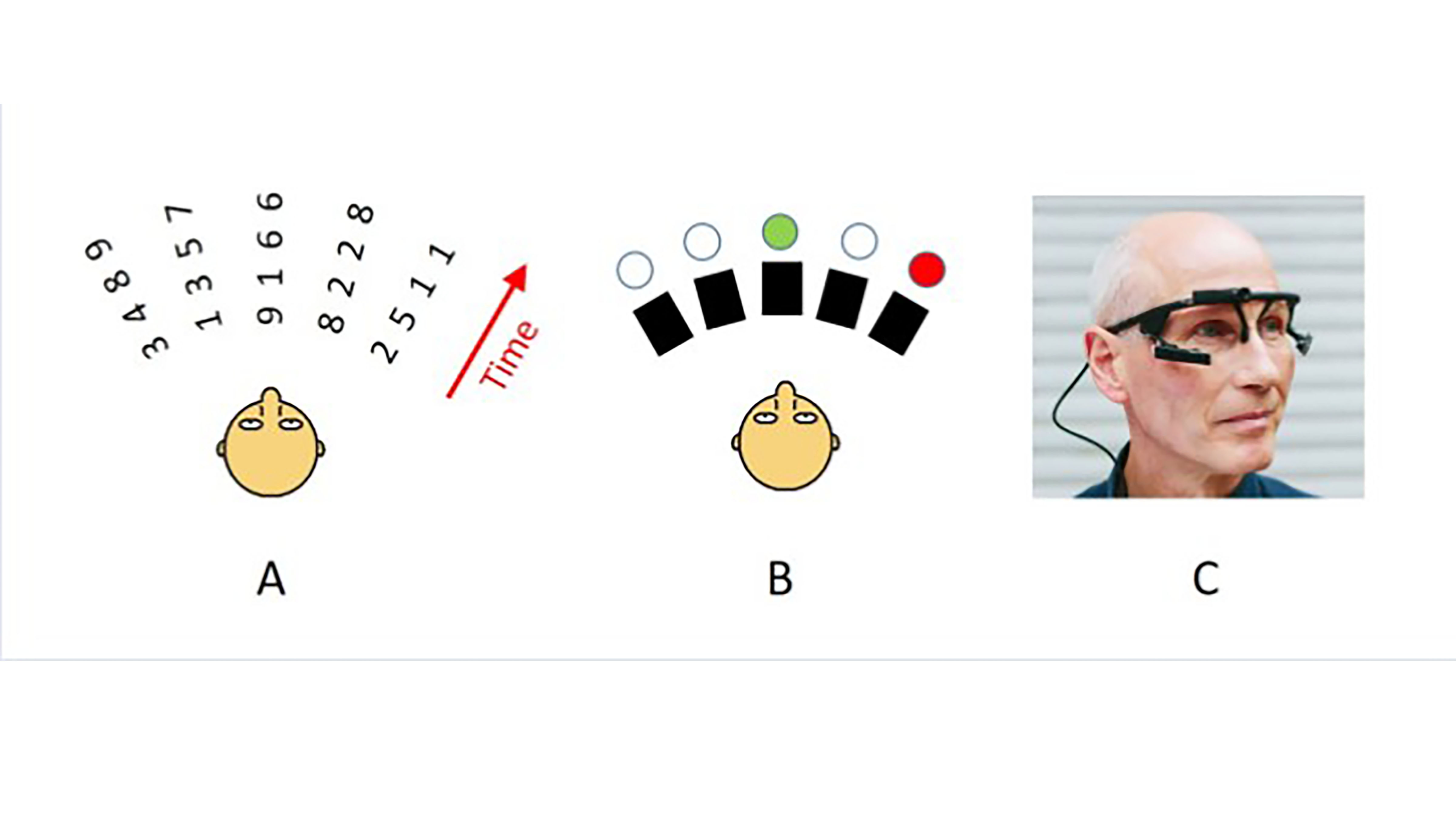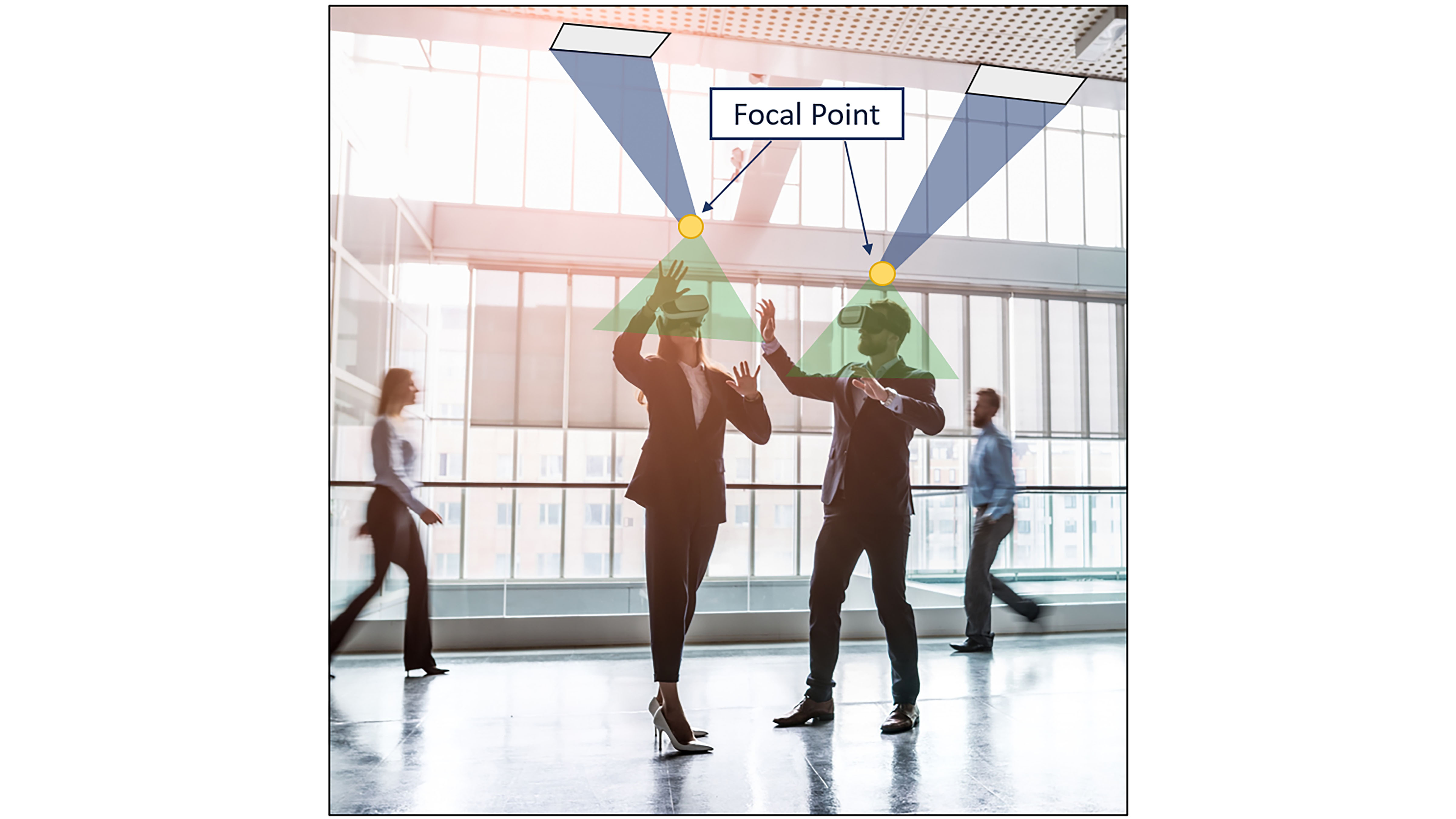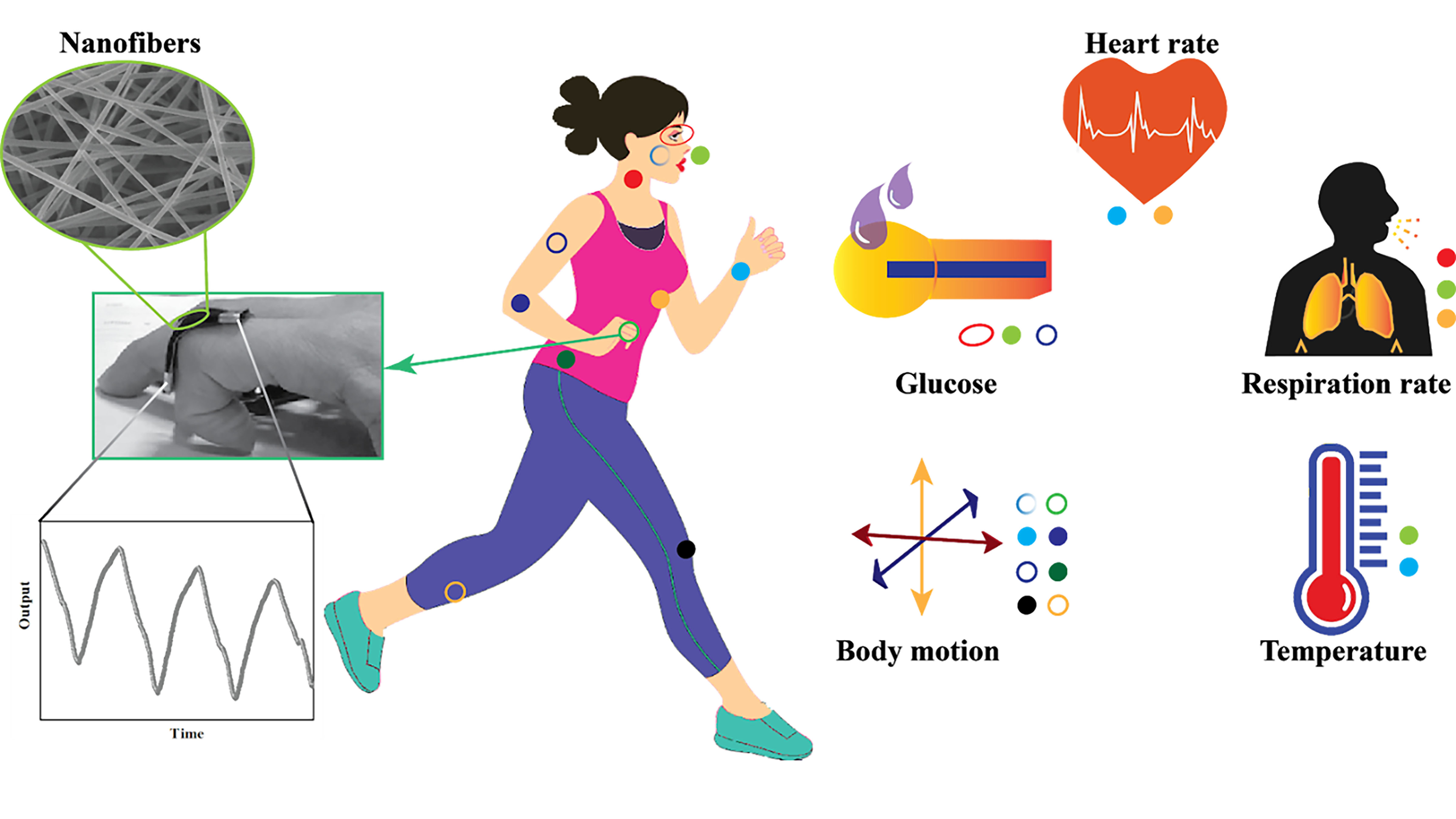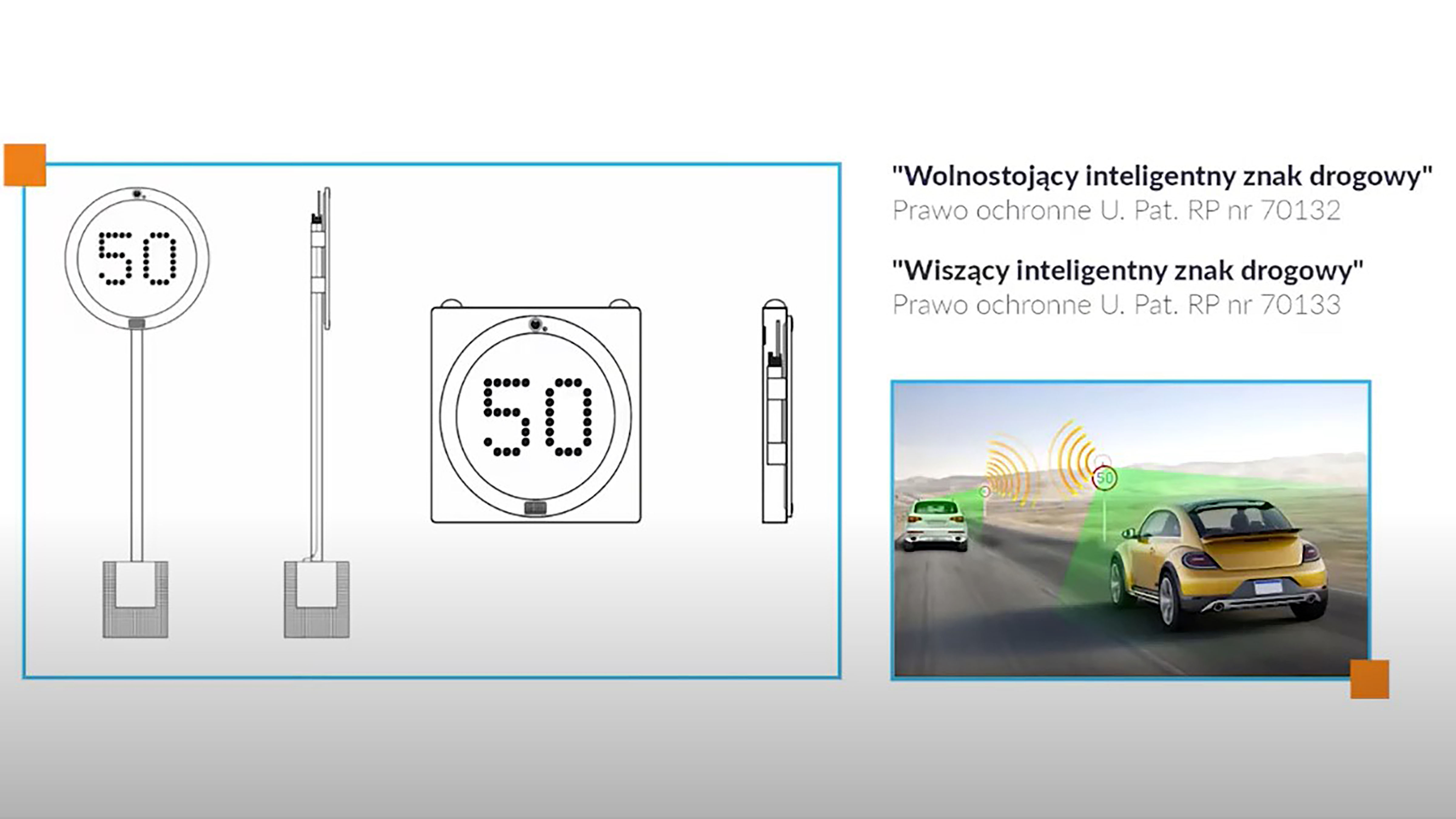A lemony scent and light sounds could change the way you feel about yourself. Previously, researchers have shown that visual and tactile stimulation can change a person’s perception of their own body weight. Research being presented by Giada Brianza at the 179th ASA Meeting, has found our hearing and sense of smell can also change how we feel about our self-image, which could help improve healthy behaviors.
